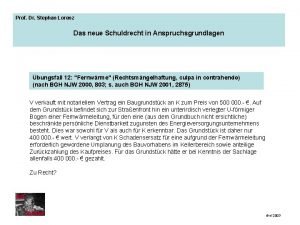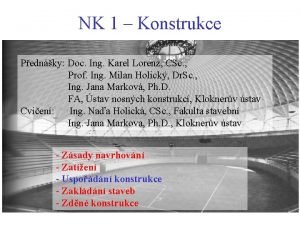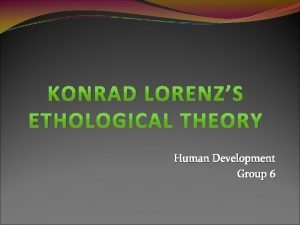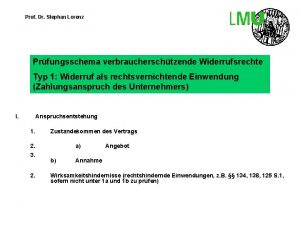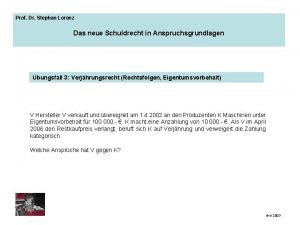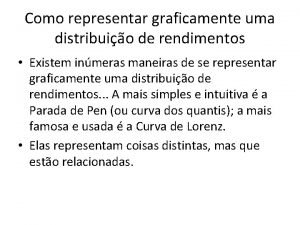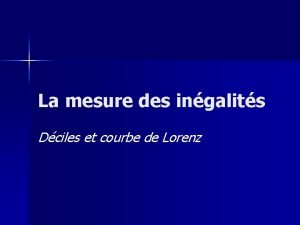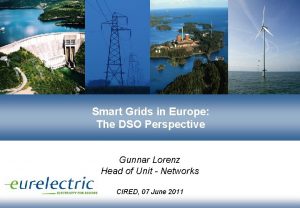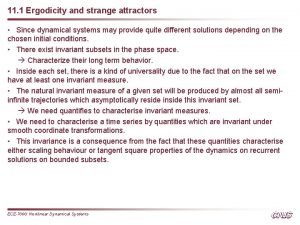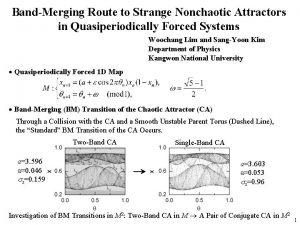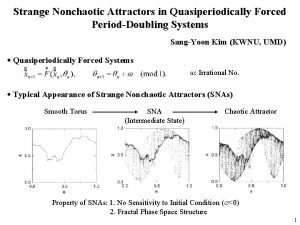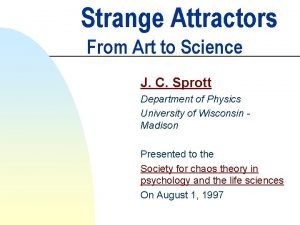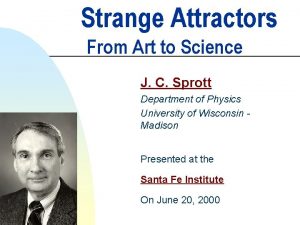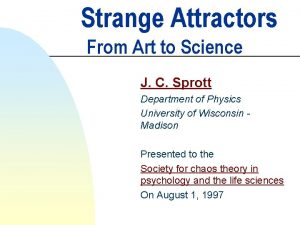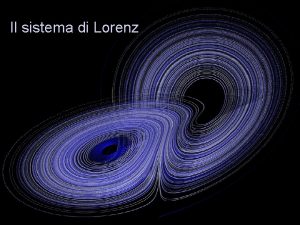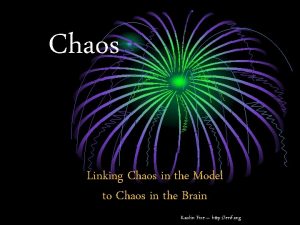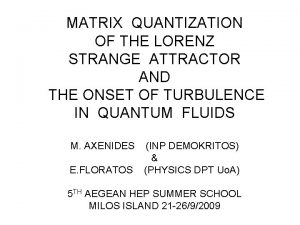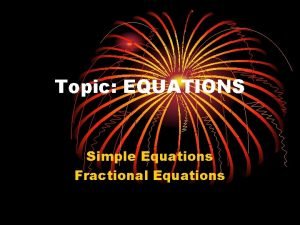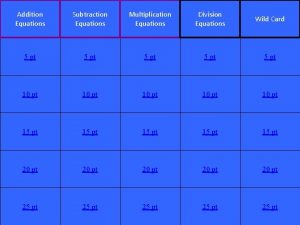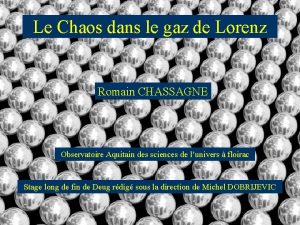CHAOS Strange Attractors and Lorenz Equations Definitions Chaos

















- Slides: 17

CHAOS Strange Attractors and Lorenz Equations

Definitions • Chaos – • Attractor – a set of points in phase space toward which neighboring points asymptotically approach within a basin of attraction study of dynamical systems (non-periodic systems in motion) usually over time - an attractor can be a point, curve, manifold or a complicated set of fractals known as a strange attractor

Definitions & Applications of Attractors • Strange Attractor – an attractor that exhibits sensitive dependence on initial conditions; they usually have fractal structure (infinite detail). – There are several types of strange attractors including: • • • Chua – used in electronic circuitry. Duffing – used in nonlinear oscillators. Rössler – used in chemical kinetics. Ikeda – involved in the turbulence of trails of smoke. Lorenz – used in atmospheric convection.

Applications of Attractors Chua Duffing Rössler Lorenz Ikeda

Edward Lorenz • an American mathematician and • • meteorologist, and is the first contributor to the chaos theory and inventor of the strange attractor notion in 1963. Discovered that minute variations in initial weather parameters led to grossly divergent weather patterns Coined the term “butterfly effect”

Lorenz Attractor • The Lorenz Attractor is based on three differential equations, three constants, and three initial conditions. The attractor represents the behavior of gas at any given time, and its condition at any given time depends upon its condition at a previous time.

The Lorenzian Waterwheel • Although originally developed to study the upper atmosphere, the Lorenz equations have since been used in the study of batteries, lasers, and even the simple chaotic waterwheel.

Lorenz Equations

The Variables • x – refers to the convective flow. • y – refers to the horizontal temperature distribrution. • z – refers to the vertical temperature distribution.

The Constants • σ – sigma refers to the ratio of viscoscity to thermal conductivity. • ρ – rho refers to the temperature difference between the top and bottom of a given slice. • β – beta refers to the ratio of the width to the height.

Behavior • Chaotic behavior can only be found in systems of • equations with three or more variables. Within the Lorenz system, there are three things that make the system chaotic. – Equations – Initial Values – Constants • If the ρ constant is below a certain value, then there will be no chaotic behavior, and the graph will converge.

The Butterfly Effect ^ x solution with respect to time. ^ y solution with respect to time. « z solution with respect to time.

Proof for Bounded System • (x) dx/dt = (-σx+σy)(x) • (y) dy/dt = (ρx-y-xz) (y) • (zn) dzn/dt = (-β(zn+ρ+σ)+xy) (zn) • ^{zn=z-ρ-σ} • {z=zn+ρ+σ} • ½dx 2/dt = -σx 2+σxy • ½dy 2/dt = ρxy-y 2 -xy(zn+ρ+σ) • ½dzn 2/dt = -βzn 2 -βρzn-βσzn+xyzn


Proof Cont. • -σx 2 -y 2 -zn 2 ≤ -(x 2+y 2+zn 2) • -σx 2 -y 2 -zn 2 ≤ -σ(x 2+y 2+zn 2) |σ|>1 |σ|<1 • R(t) = x 2+y 2+zn 2 • d(R(t))/dt = -2 R(t)+2((β 2(ρ+σ)2/4(β-1)) • R’+2 R=ε

Proof Finale • R = εte-2 t+ce-2 t • R» c • R» 0 t=0 t » infinity

The End
 Lorenz neues kaufrecht
Lorenz neues kaufrecht Schuldrecht at lorenz
Schuldrecht at lorenz Svisle a vodorovně
Svisle a vodorovně Lorenz ethological theory
Lorenz ethological theory Branchenbrief vr
Branchenbrief vr Lorenz isler
Lorenz isler Allison
Allison Widerruf rechtsvernichtende einwendung
Widerruf rechtsvernichtende einwendung Prof. stephan lorenz
Prof. stephan lorenz Lorenz lloyd fischer
Lorenz lloyd fischer Curva de lorenz generalizada
Curva de lorenz generalizada Edward norton lorenz
Edward norton lorenz Courbe de lorenz
Courbe de lorenz Curva de lorenz colombia
Curva de lorenz colombia Curva de lorenz colombia
Curva de lorenz colombia Gunnar lorenz
Gunnar lorenz Kurva philip
Kurva philip Gini katsayısı
Gini katsayısı

